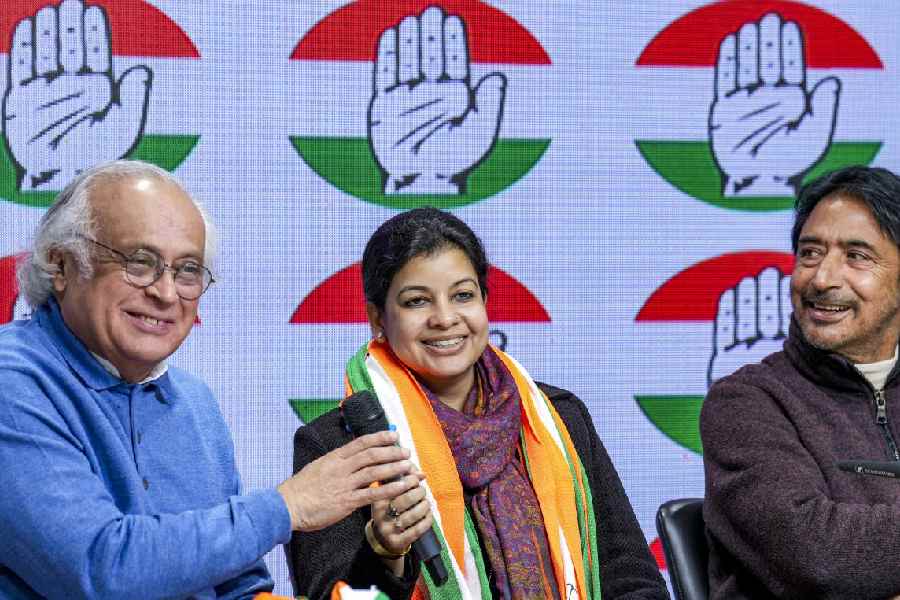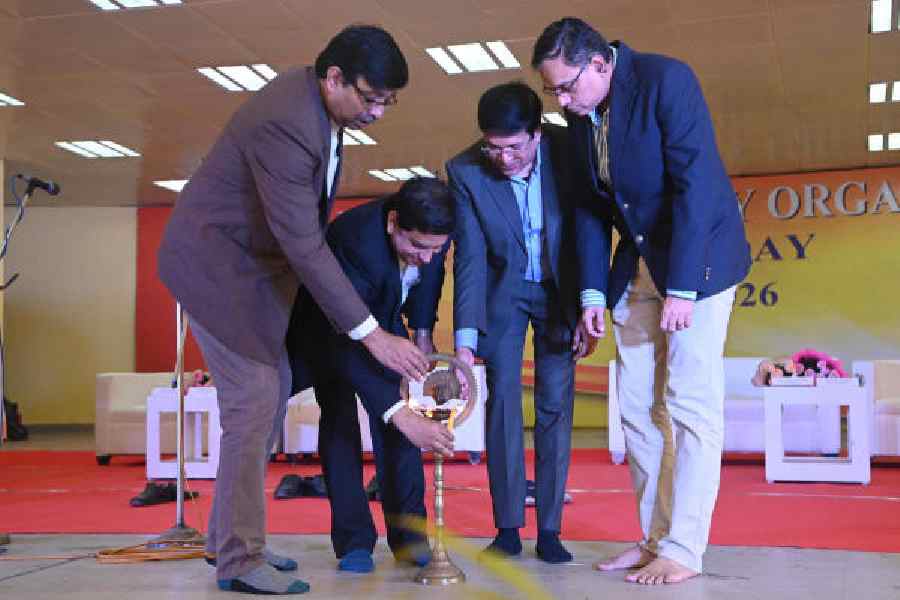Inside the dark cinemas in urban India, much to the amazement of the late 70s generation, a series of musical sequentials appear on giant screen. On the glass floor of a discotheque flooded with psychedelic dispersion of red, yellow, green and blue, a group of young men and women are matching their steps to the disco beats of the Bee Gees chartbuster Night Fever. The movie was Saturday Night Fever. It originally released in December 1977, but in India almost a year later.
The disco craze was yet to catch on in India, the night clubs still swayed to the golden oldies and slightly modernised 70s melodies. Popular Hindi film music was dominated by RD Burman. Disco was unknown to most people, save for some youngsters who were listening to Boney M and Donna Summer.
Saturday Night Fever was an absolute revelation to the Hollywood-loving contingent of India back in 1978.
The magic of Saturday Night Fever almost entirely derived from its star John Travolta and the Bee Gees, a pop group who made disco a craze across the US. Travolta earned a Best Actor Academy Award nomination for his performance as 19-year-old Tony Manero, who during the week toils in a Brooklyn (New York) hardware store and on the weekend dons a white suit and becomes king of a discotheque called 2001 Odyssey, a tribute to the Stanley Kubrick classic.
Just the credit sequence made a star of Travolta: he struts through Bay Ridge, pauses to digs into a double slice of pizza, as he sways to Staying Alive.
The white suit that transformed Travolta into working class outsider Tony Manero still ranks as one of the most iconic film costumes of all time.
To the common cine-goers, Saturday Night Fever is only a film about disco. But judging from this perspective only will be doing injustice to the film. Disco culture exists at the mere outer layer of the movie. It is an essential part of the story because it brings the much-needed oxygen to Travolta’s Tony in his stagnant suburban existence. But he also realises that dancing is a short-lived thing.
From the moment Tony comes close to the little older Stephanie Mangano (Karen Lynn Gorney), an experienced dancer with a better prospect in life, he starts seeking a way out from this “going-nowhere” life of his. Because it is Stephanie who during his first serious interaction with Tony in a restaurant opens his eyes about the real state of his existence and also tells him about her journey towards a prospective Manhattan-life.
At the end of the movie, a physically and mentally exhausted Tony literally surrenders to Stephanie and asks for her help in his search for a better future with a decent career and a decent home.
A woman with a heart of gold, Stephanie feels Tony’s helpless cry from the bottom of her heart. She extends her hand to Tony in exchange for true friendship. She also tells him that through their friendship they will find the way to something much better, a better life.
Saturday Night Fever, directed by John Badham, is never a film about disco. It is a film about an 18-year-old dreamer and his unending quest for friendship. Timeless.











